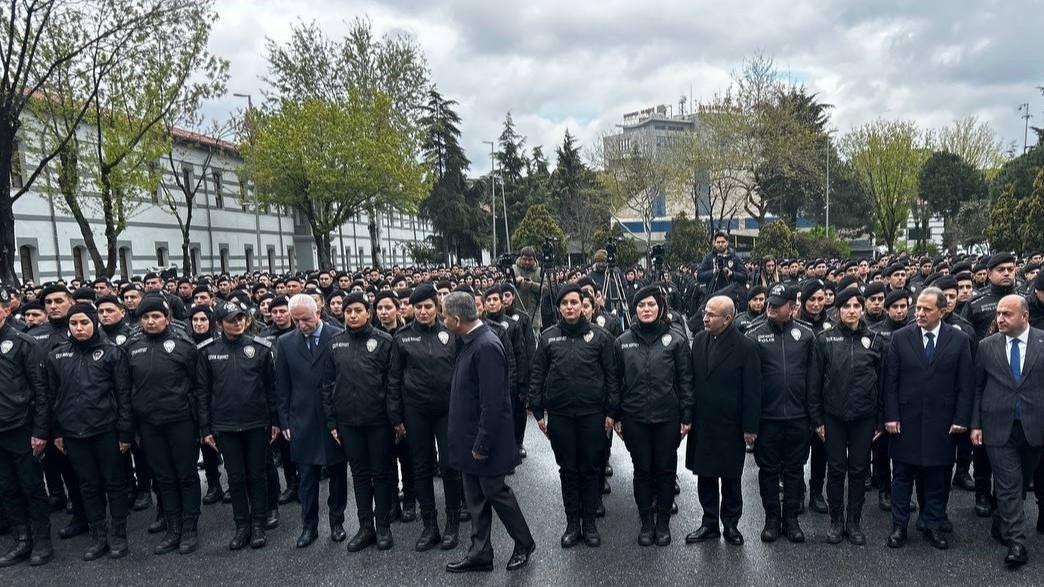
In a major step to enhance operational efficiency and accountability, the deployment of body cameras is now being made widespread among field personnel from both the Police Department and the Gendarmerie General Command, marking a new era in law enforcement.
Initially rolled out for officers working in public order and traffic units, the wearable technology now assists security forces by instantly identifying wanted suspects and vehicles involved in criminal activities.
Developed by defense contractor ASELSAN, the body cameras are equipped with real-time monitoring and advanced recognition capabilities, effectively serving as a “third eye” for officers on duty.
According to official figures, a total of 42,604 personnel are currently equipped with the devices — including 8,704 public order police officers, 12,900 traffic police, 15,362 gendarmerie officers in public order and 5,638 traffic gendarmes. By the end of the year, this number is projected to rise significantly, reaching 111,604 officers across Türkiye.
The cameras record every interaction and scene encountered in the field, transmitting live video feeds to the command centers, enabling immediate alerts for known offenders and flagged vehicle license plates.
Beyond video, the devices capture audio, allowing comprehensive documentation of interactions between law enforcement and civilians. In case of disputes or complaints, the footage will serve as admissible evidence, determining the legitimacy of any claims.
The body cameras also transmit GPS-based location data in real time, ensuring constant coordination and oversight. Equipped with night vision, they continue to function effectively under poor lighting or adverse weather conditions. Future upgrades aim to integrate facial recognition and advanced license plate detection.
The new practice is set to increase transparency, improve officer-civilian interactions and boost the overall effectiveness of crime prevention strategies.